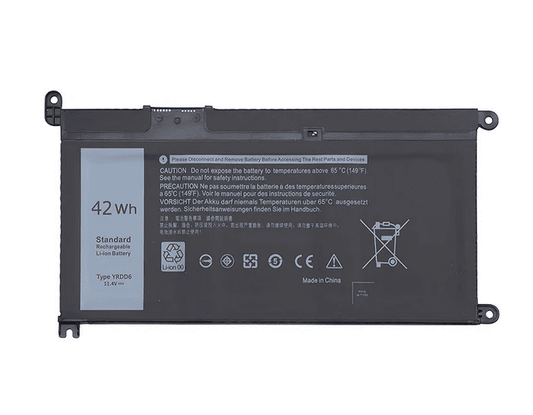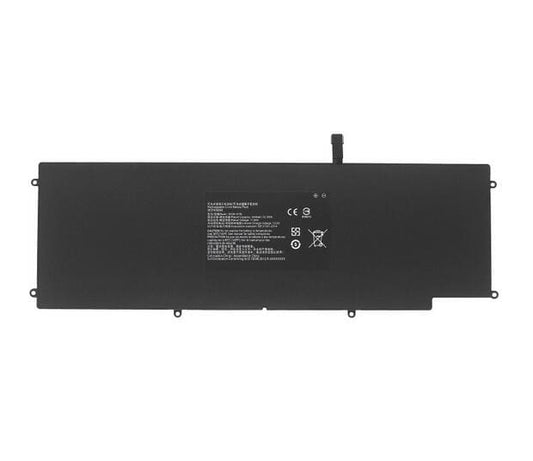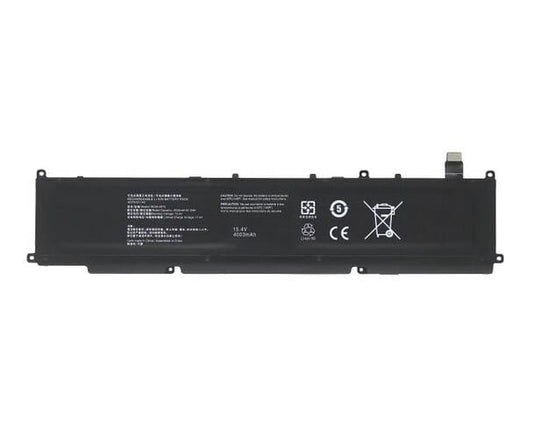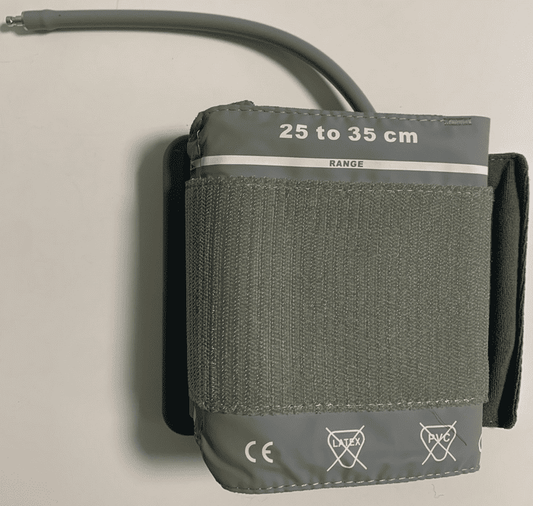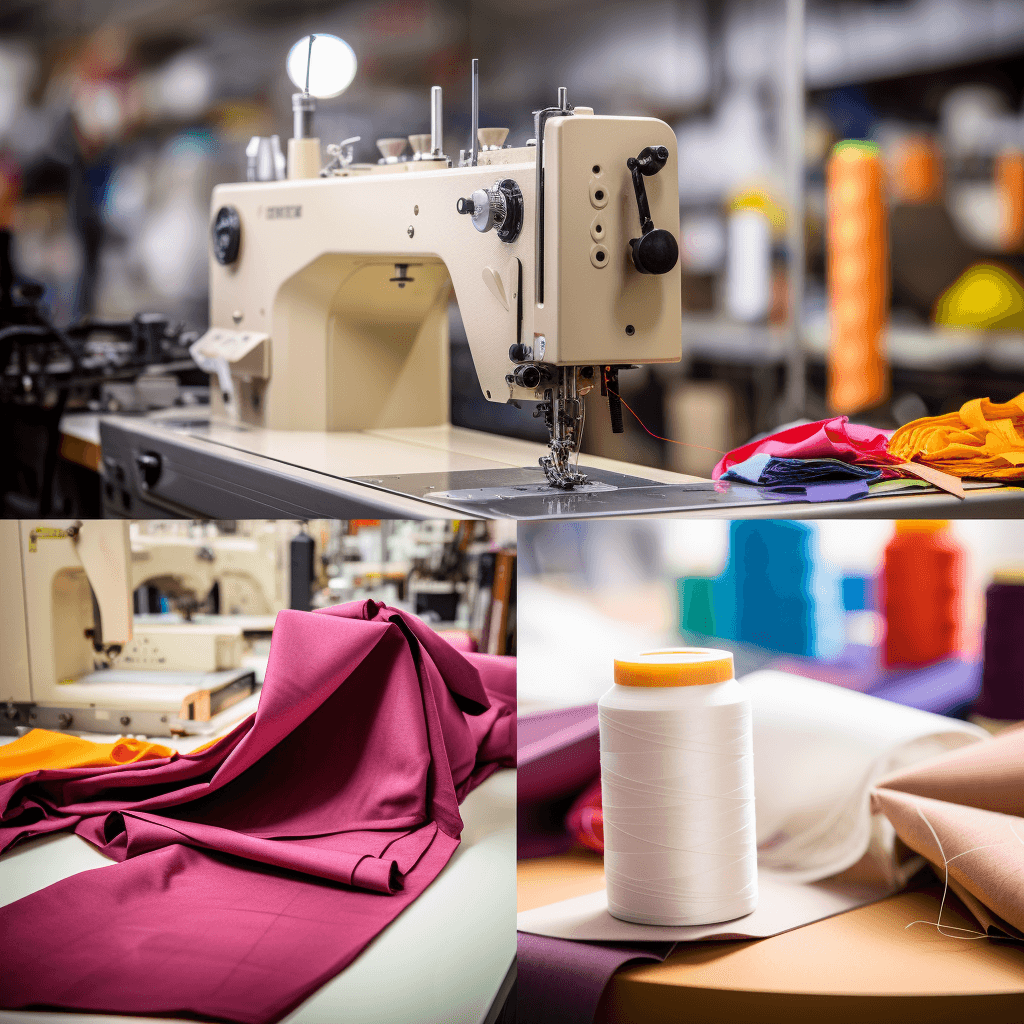
CMT vs. Full Package Production: The Ultimate Guide to Garment Manufacturing Choices
Share
As the fashion industry grows at an unprecedented pace, the choice between different garment manufacturing methods has become increasingly critical. Understanding the pros and cons of each method can greatly influence your brand's success in terms of cost, quality, and time-to-market. Two of the most popular approaches are CMT (Cut, Make, Trim) manufacturing and Full Package Production. But which method is the best fit for your business?
What is CMT (Cut, Make, Trim) Manufacturing?
Definition
CMT stands for Cut, Make, Trim, which is essentially the core of garment production. In this model, the client is responsible for providing all the raw materials needed—such as fabric, buttons, and zippers—while the manufacturing unit handles the actual production process: cutting the fabric, sewing the pieces together, and adding the finishing touches like trims or labels.
Pros and Cons
Pros:
- Cost-Efficiency: One of the key advantages is cost. You have control over sourcing the materials, allowing you to negotiate better deals and thus lowering the cost of the final product.
- Control Over Material Quality: By supplying your materials, you ensure that they meet your quality standards, giving you better control over the end product.
- Flexibility: As the client, you have the flexibility to change suppliers for different materials, which allows you to adapt to market trends quickly.
Cons:
- Time-Consuming: This method can be more time-consuming because you'll be involved in multiple stages of the production process, from sourcing the materials to quality control.
- Logistical Challenges: Managing multiple suppliers and coordinating with the manufacturer can be logistically complicated.
- Risk of Excess Inventory: If estimates are off, you could end up with surplus materials that are hard to liquidate.
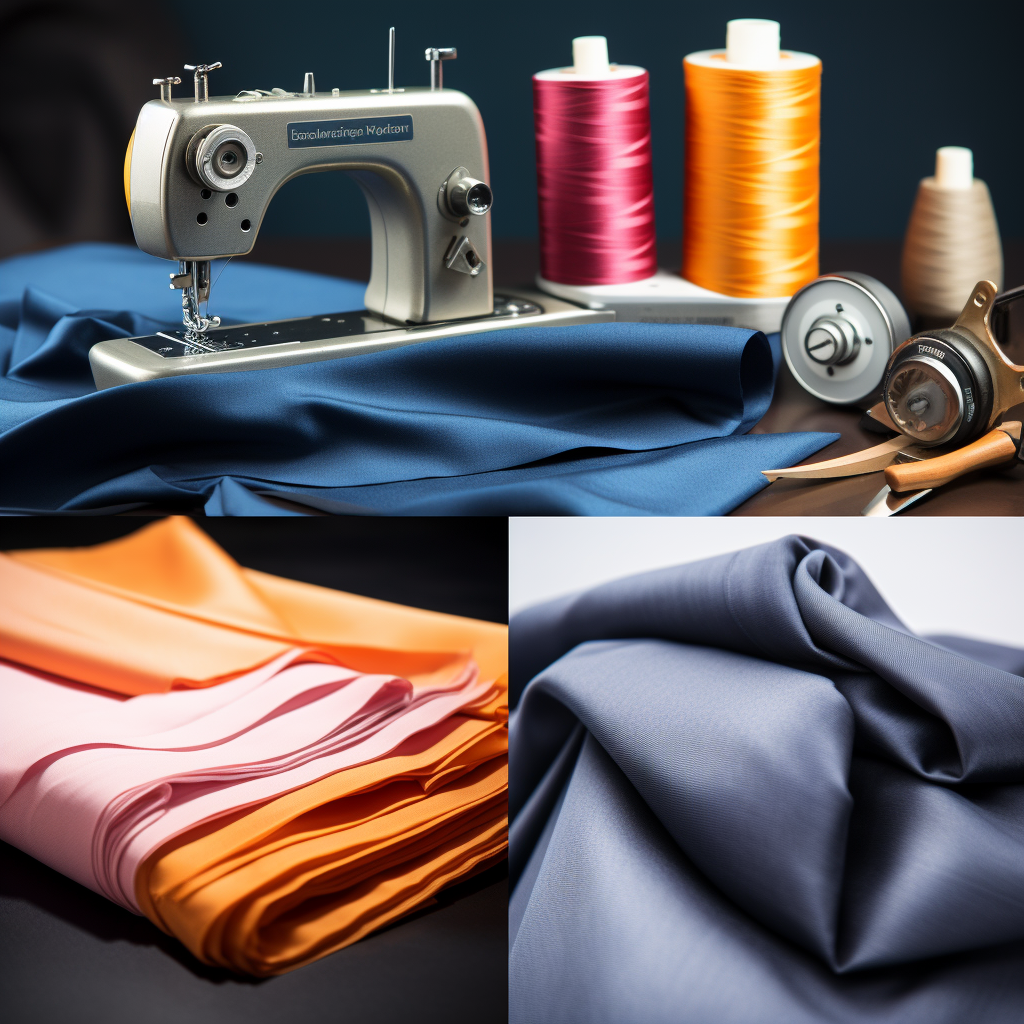
Ideal Use Cases
Small Batch Production: CMT is often a good fit for smaller brands or designers who are producing limited runs and want to maintain high quality.
- Niche Markets: If you're targeting a niche market with specialized materials, CMT allows for that customization.
- Experienced Teams: Businesses with expertise in supply chain management may find CMT beneficial as they can manage the complexities better.
In summary, CMT offers flexibility and control at the cost of time and logistical complexity. It's an approach that demands a hands-on role but can be very rewarding for those who can navigate its intricacies.
What is Full Package Production?
Definition
Full Package Production (FPP), also known as "turnkey" or "package" production, offers a comprehensive solution that covers the entire garment manufacturing process. Unlike CMT, where you source the materials yourself, Full Package Production includes everything from fabric sourcing to cutting, sewing, and finishing. You provide the design, and the manufacturer takes care of the rest.
Pros and Cons
Pros:
- Simplicity and Convenience: The major advantage here is simplicity. The manufacturer handles all the heavy lifting from sourcing to production, freeing you to focus on design and marketing.
- Reduced Time-to-Market: With fewer logistical bottlenecks and less personal oversight needed, the overall production cycle is often shorter.
- Less Risk of Excess Inventory: Since the manufacturer handles material sourcing, the risk of leftover materials falls on their shoulders, not yours.
Cons:
- Less Control Over Material: As the manufacturer sources all materials, you may have less control over the quality and type of fabric or other inputs.
- Cost: Because it's a comprehensive service, Full Package Production can often be more expensive than CMT on a per-unit basis.
- Limited Customization: FPP might not be as flexible when it comes to highly specialized or unique materials, which may limit your design capabilities.
Ideal Use Cases
- Scaling Operations: For businesses looking to scale quickly, Full Package Production is often more feasible than CMT.
- New Entrants: If you're new to the garment industry, FPP can be a simpler way to get started without getting bogged down by supply chain complexities.
- High-volume Production: Larger brands often go for FPP as it streamlines the process for large orders, making it more efficient.
In essence, Full Package Production offers an all-in-one solution for those who prefer a hands-off approach to manufacturing. While it may cost more and offer less customization, the trade-off is a faster and often simpler process, making it an attractive option for various business types.
Key Differences Between CMT and Full Package Production
Control Over Production
CMT Manufacturing:
Higher Control: As you're involved in sourcing the raw materials, there's a greater degree of oversight.
Quality Assurance: You ensure that the materials meet your quality standards.
Full Package Production:
- Limited Control: The manufacturer handles most aspects, so you might have less influence over the minutiae.
- Quality Depends on Manufacturer: You'll rely on the manufacturer's quality control measures, which could be a risk if they're not up to your standards.
Cost
CMT Manufacturing:
Potentially Lower Cost: You can negotiate directly with suppliers, potentially driving down costs.
Full Package Production:
Higher Upfront Cost: The comprehensive nature of the service usually means a higher per-unit cost.
Time to Market
CMT Manufacturing:
- Slower: The time to market could be longer due to the more intricate involvement you'll have in the process.
- Full Package Production:
- Faster: Less logistical management generally means a quicker turnaround from design to product.
Quality
CMT Manufacturing:
Dependent on Multiple Factors: Quality can be controlled but also depends on your own ability to source and manage materials.
Full Package Production:
Streamlined but Varies: The manufacturer's experience often leads to a streamlined process, but the quality may vary depending on their standards.
Summary
In a nutshell, CMT Manufacturing allows for a more hands-on approach but could be more time-consuming and logistically complex. On the other hand, Full Package Production offers convenience and quicker time-to-market, often at a higher cost and with less control over materials and production quality.
Both methods have their strengths and weaknesses, and the "best" choice largely depends on the specific needs, scale, and expertise of your business.
Factors to Consider When Choosing Between CMT and Full Package Production
As you've seen, both CMT and Full Package Production have their merits and drawbacks. But how do you decide which approach is the right one for your garment manufacturing needs? Here are some key factors to weigh in your decision-making process.
Scale of Operation
- Small Scale: If you're operating on a small scale or just starting, CMT allows more control but also demands more involvement. Full Package Production may be more cost-prohibitive at this level.
- Large Scale: For large-scale operations, Full Package Production is often more feasible due to its streamlined, hands-off approach.
Experience Level
- New to Industry: If you're new to the garment industry, Full Package Production could be beneficial as it eliminates the complexity of managing suppliers and logistics.
- Industry Veterans: Those with experience in garment manufacturing might prefer the control that comes with CMT manufacturing.
Available Resources
- Human Resources: If you have a team that can manage complex supply chains, CMT could be more suitable.
- Financial Resources: Full Package Production usually demands a larger upfront investment, so consider your budget carefully.
Business Goals
- Quick Market Entry: If speed to market is a priority, Full Package Production generally offers a quicker turnaround time.
- Quality Over Speed: If you're more concerned about the quality of the material and end product, CMT gives you the control you need.
Risk Tolerance
- Low Risk Tolerance: If you prefer a more predictable, less hands-on approach, Full Package Production can minimize the risks associated with sourcing and production.
- High Risk Tolerance: Those willing to manage more variables might find CMT to be a good fit, despite its complexity.
Real-world Examples and Case Studies
To solidify your understanding of CMT and Full Package Production, let's look at some real-world examples and case studies. These instances provide tangible insights into how brands have leveraged each approach to meet their specific needs.
Brands That Utilize CMT
- Example 1: A Niche Sustainable Brand
- Name: Reformation
- Why CMT: The brand prioritizes sustainable and ethical practices, making control over material sourcing critical.
- Outcome: High-quality, eco-friendly products that align with the brand’s ethos.
Example 2: Small Designer Label
- Name: Molly Goddard
- Why CMT: Limited edition lines and specialized materials make CMT a better fit.
- Outcome: Exclusive, high-quality garments that reflect the designer’s unique vision.
- Brands That Utilize Full Package Production
Example 1: Fast Fashion Leader
- Name: Zara
- Why FPP: Speed-to-market is crucial for capitalizing on fast-changing trends.
- Outcome: Quick turnover of styles, helping Zara stay ahead in the fast fashion industry.
Example 2: Large Athletic Brand
Name: Nike
- Why FPP: High volume and international distribution make FPP more efficient.
- Outcome: Consistent quality and faster production cycles, allowing for better market responsiveness.
Case Study: Switching from CMT to Full Package Production
Brand: Loomstate
- Initial Choice: Started with CMT for better control over their organic cotton sourcing.
- Switch to FPP: As they scaled, the logistical complexities became too cumbersome.
- Outcome: Streamlined operations, faster time-to-market, but needed to find a Full Package Production partner who met their sustainability criteria.
Conclusion and Final Recommendations
After exploring the nuances, pros, cons, and real-world applications of both CMT and Full Package Production, the question remains: Which is the best method for garment manufacturing? The answer, as we've seen, is highly dependent on various factors, including your business size, experience level, objectives, and resource availability.
Recommendations
For Startups and Small Businesses: CMT often makes more sense, especially if quality control and customization are critical for your brand.
- For Large-Scale Operations: Full Package Production is likely more feasible, particularly if you need to scale quickly or are targeting a mass market.
- For Those in Between: A hybrid approach might also be beneficial. Start with CMT to establish quality and brand identity, then switch to Full Package Production as you scale.
- Due Diligence: Regardless of the method chosen, thoroughly vet any potential manufacturing partners for reliability, quality, and ethical practices.
By carefully considering the specific needs and constraints of your operation, you can select the method that will best serve your brand in both the short term and long term. The key is to align your choice with your overarching business goals, resources, and market strategy.
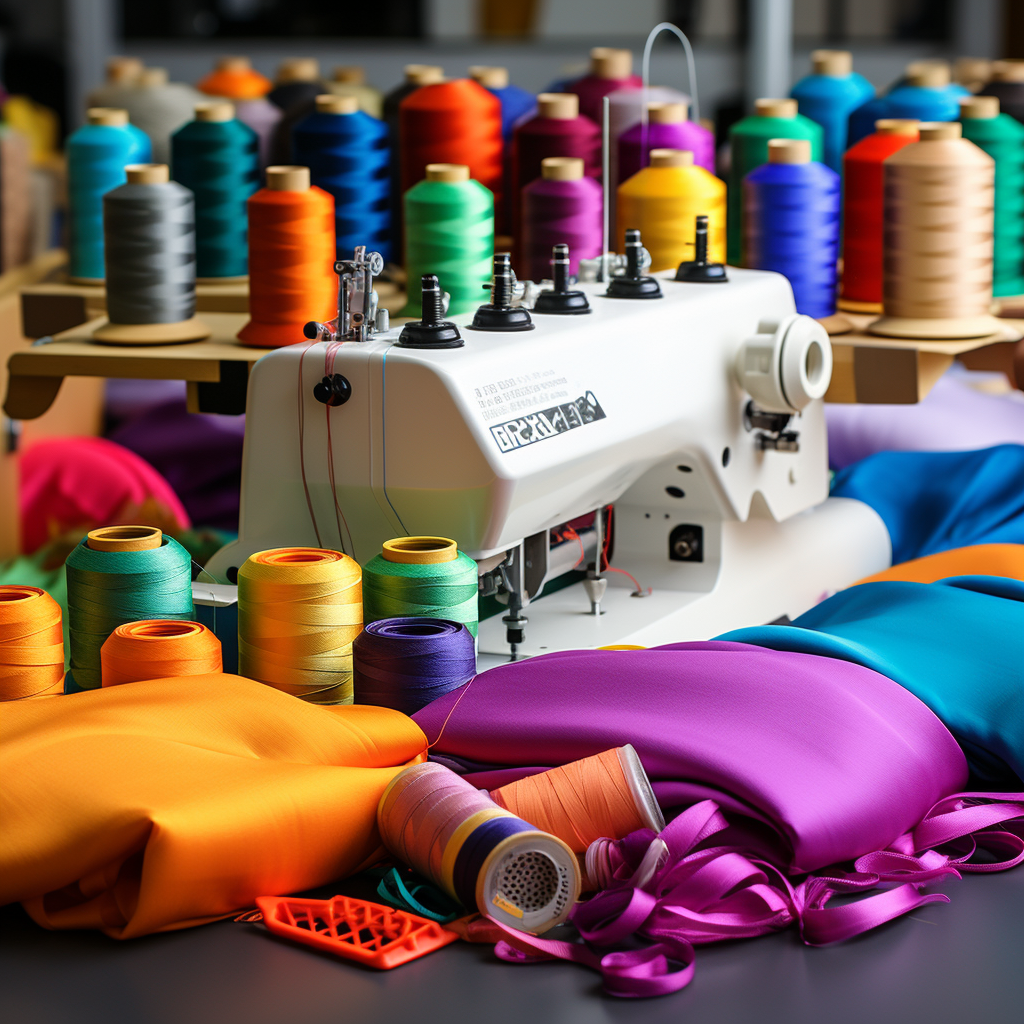
Frequently Asked Questions (FAQs)
1. What is CMT Manufacturing?CMT (Cut, Make, Trim) Manufacturing is a service model where you provide all the materials required for production and the manufacturer focuses solely on the actual fabrication of the garments.
2. What is Full Package Production?
Full Package Production (FPP) is a more comprehensive service model where the manufacturer takes care of everything from sourcing the materials to producing the final garment.
3. Is CMT Cheaper than Full Package Production?
CMT can be less expensive per unit because you are only paying for labor and factory overhead. However, it can be logistically complex as you need to manage material sourcing separately.
4. Which Method is Faster?
Full Package Production generally offers a quicker time-to-market because the manufacturer handles all aspects of production, reducing logistical bottlenecks.
5. Which Gives Me More Control Over Quality?
CMT provides more control over material quality, as you source the materials yourself. With Full Package Production, you depend on the manufacturer's quality control measures.
6. What If I Want to Switch Methods?
Switching from one method to another requires careful planning. Companies often start with CMT and switch to Full Package Production as they scale. Ensure your manufacturer can accommodate your chosen method.
7. Is One Method More Sustainable Than the Other?
Neither method is inherently more sustainable; it depends on the practices of the manufacturer and where you source your materials. Always research your partners thoroughly for sustainability practices.
8. Can I Use Both Methods Simultaneously?
Yes, some companies use both methods to capitalize on the strengths of each. For example, limited edition lines might be done through CMT, while mass-produced items go through Full Package Production.
9. How Do I Choose a Reliable Manufacturer?
Due diligence is essential. Look for manufacturers with solid reviews, industry certifications, and preferably, visit the factory if possible. Always request samples to evaluate quality.
10. What’s the First Step in Making a Choice?
Assess your business needs, scale, and objectives. Your choice between CMT and Full Package Production should align with your brand’s overall strategy and resource availability.

